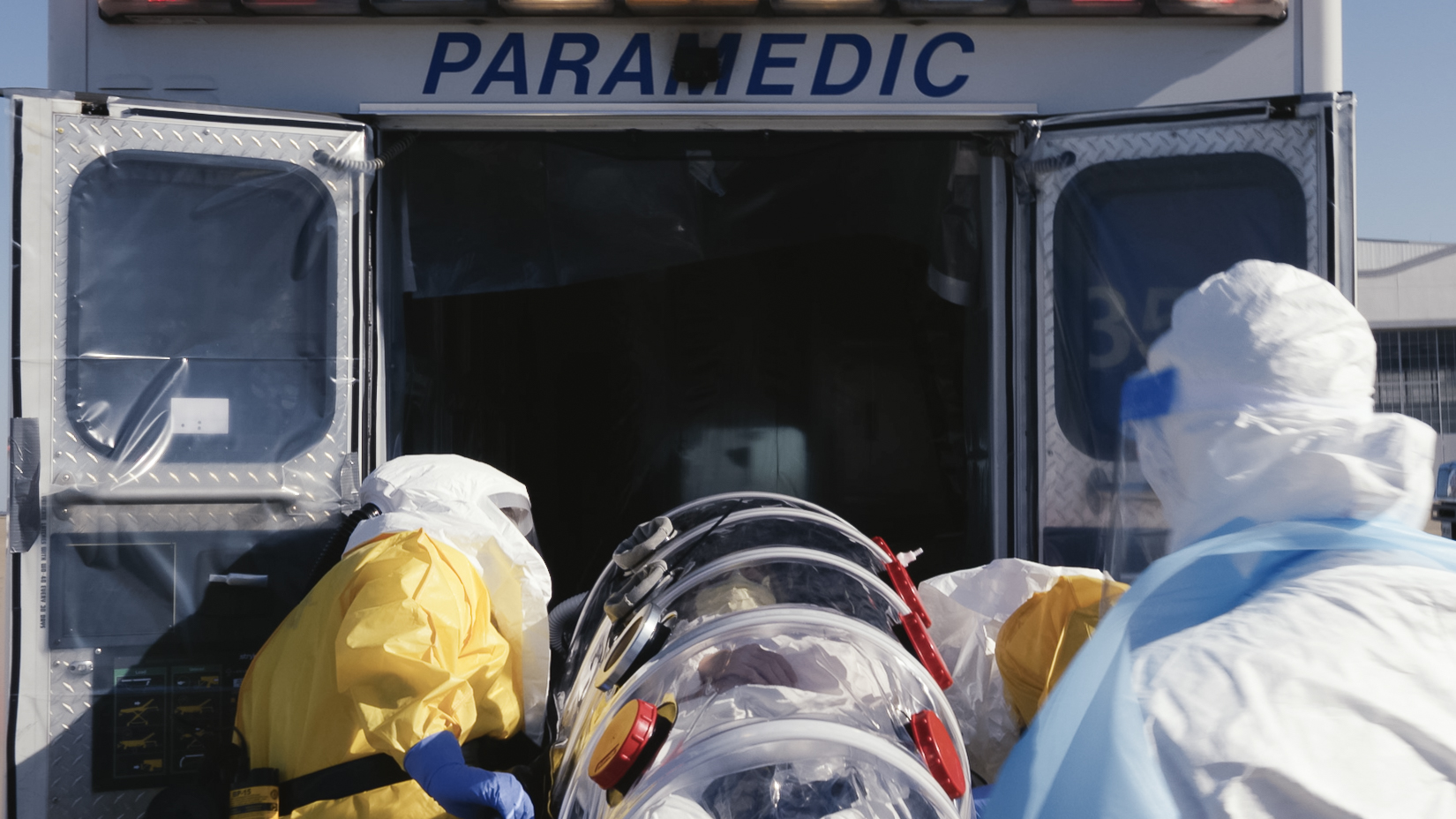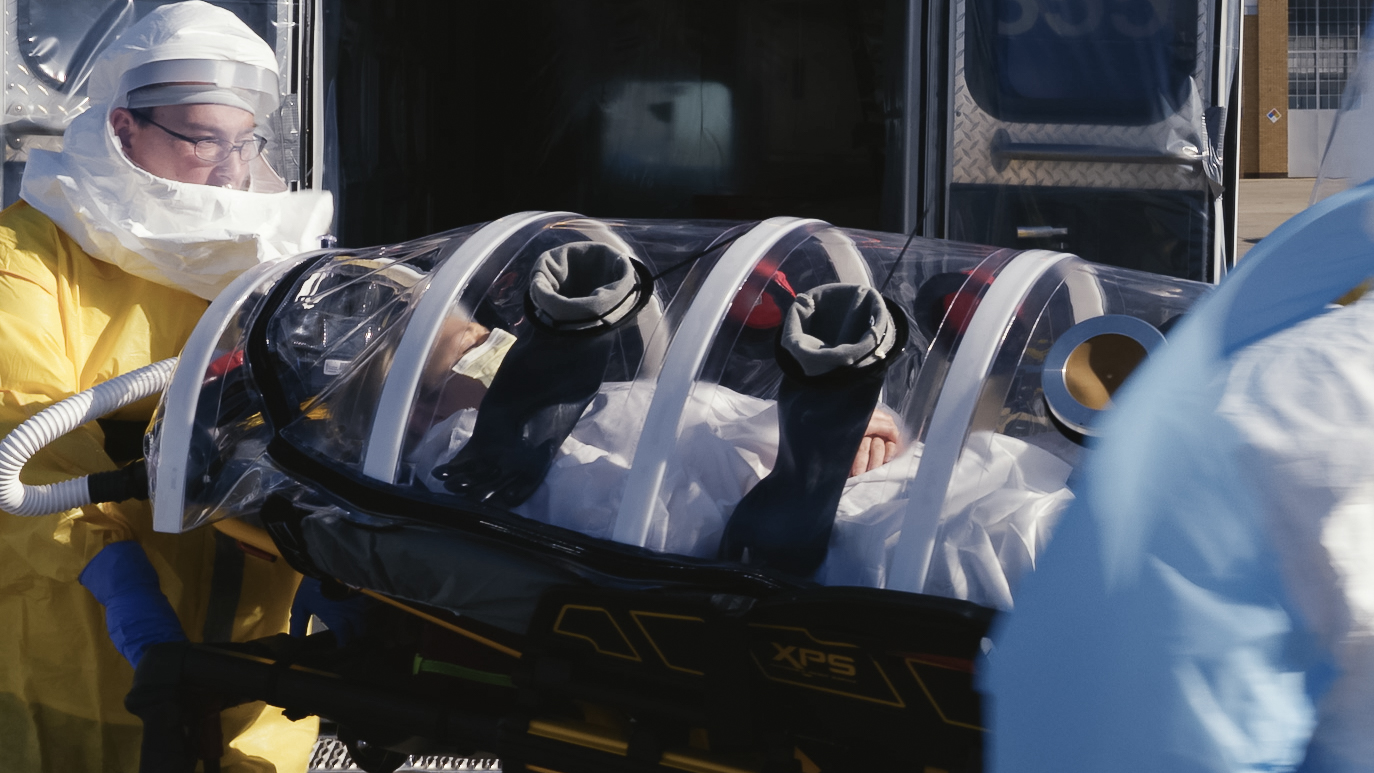OSDH Participates in National Exercise for Moving Patients with Highly Infectious Diseases
Friday, April 13, 2018
For Release: April 13, 2018 – Jamie Dukes, Office of Communications (405) 271-5601
The Oklahoma State Department of Health (OSDH) joined efforts with the U.S. Department of Health and Human Services in the agency’s largest patient movement exercise in history. The purpose of the exercise was to test the nationwide ability to move patients with highly infectious diseases safely to regional treatment centers when state capacity is exceeded.
Scott Sproat is the director of the Emergency Preparedness and Response Service at the OSDH. He said it is important for Oklahomans to know the state’s medical system is capable of handling patients with infectious diseases such as Ebola in a real-world incident.
“This exercise is just one component of the process,” said Sproat. “It allows us to practice transporting a patient out of state to a regional treatment center in the event the Bio-Containment Unit at OU Medical Center is at a maximum capacity. Oklahomans should feel confident we have the resources to treat a patient here if necessary.”
Throughout the exercise, participants react as if the incident was real. They take the necessary actions and employ the appropriate resources to manage and protect the patients, the workforce and the environment, and safely transport the patients.
Oklahoma was only one segment of a national exercise scenario where seven people acted as patients with Ebola symptoms in different regions of the country. The “patient” in the local scenario presented themselves at Norman Regional Hospital where health care workers practiced collecting and shipping samples for diagnostic testing to the OSDH Public Health Lab, which is the only laboratory in the state approved to run the necessary tests to diagnose patients with Ebola.
The scenario confirmed the patient with a diagnosis of Ebola. Health care workers and emergency responders from EMSA then practiced using isolation techniques and personal protective equipment while transporting the patient to a medically equipped aircraft at Will Rogers World Airport. The patient was then taken by air to a regional treatment center at the University of Texas Medical Branch in Galveston, Texas.
Upon completion of the exercise, participants gather to assess the exercise, compare actions across the country, and share best practices for moving patients with highly infectious diseases.
###



Last Modified on
Jun 03, 2022


